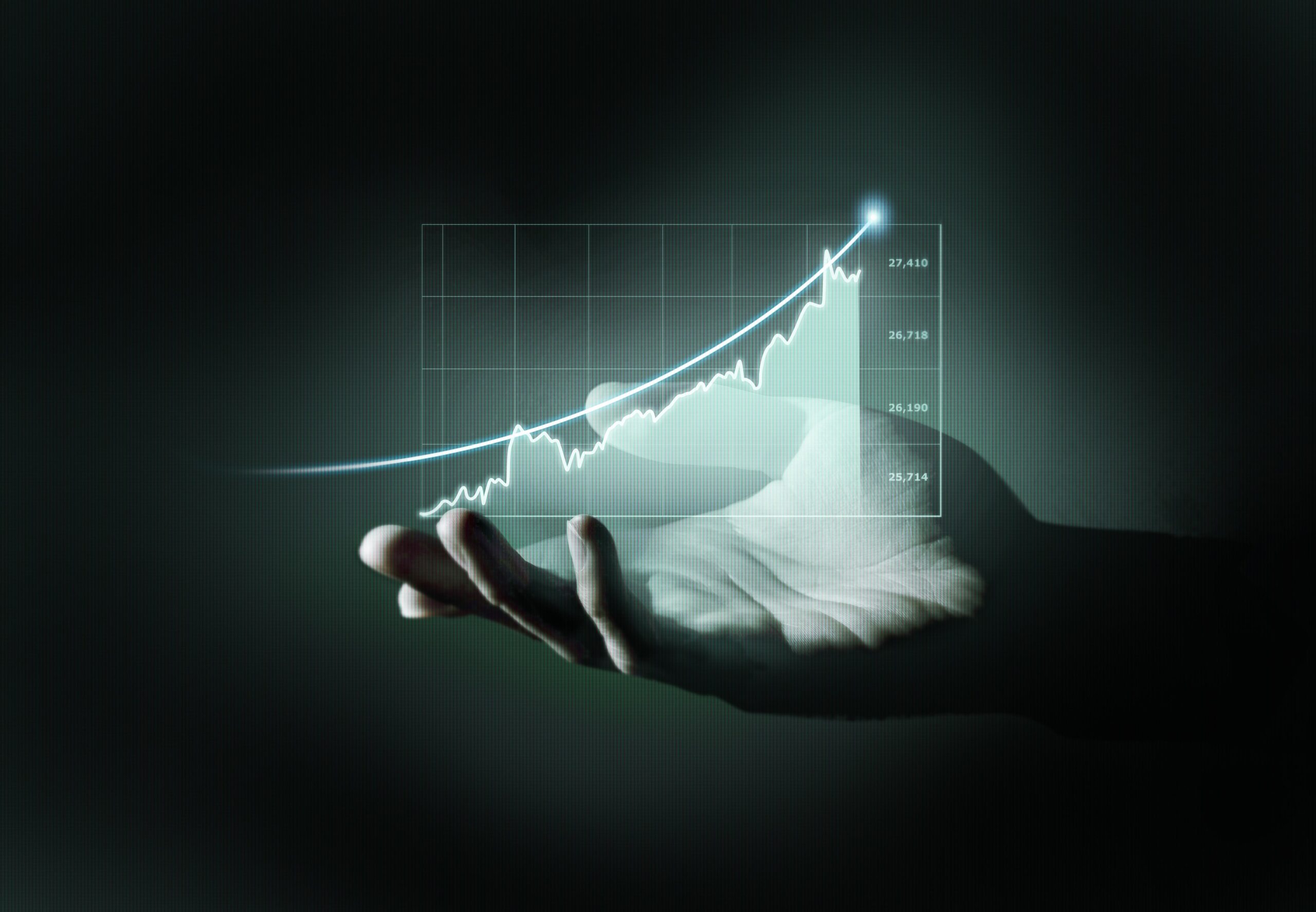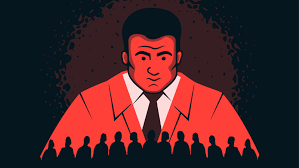Understanding Macroeconomics: Open Economy Dynamics, Business Cycles, and Labour Market Modelling
Introduction
Macroeconomics is a broad field that studies the economy as a whole, focusing on aggregate indicators and how different sectors interact. This blog explores key topics in macroeconomics, including open economy macroeconomics, business cycles, dynamic stochastic general equilibrium (DSGE) modelling, labour market dynamics, and search and matching theory. Understanding these concepts is crucial for analyzing economic trends and formulating effective economic policies.

Open Economy Macroeconomics: Interactions Beyond Borders
Open economy macroeconomics examines how economies interact with each other through trade, investment, and capital flows. In an open economy, exchange rates, trade balances, and cross-border investments play a significant role in shaping economic outcomes. Policies that influence trade and capital flows, such as tariffs, exchange rate interventions, and foreign direct investment regulations, are central to open economy macroeconomics. Understanding these interactions is essential for analyzing how global events and policies impact national economies.
Business Cycles: The Ups and Downs of the Economy
Business cycles refer to the fluctuations in economic activity that occur over time, typically measured by changes in GDP, employment, and production. These cycles are characterized by periods of expansion (economic growth) and contraction (recession). Understanding the causes of business cycles, such as changes in consumer confidence, government policy, or external shocks, is essential for predicting and mitigating the effects of economic downturns. Policymakers often use fiscal and monetary tools to smooth out business cycles and promote stable economic growth.
Dynamic Stochastic General Equilibrium (DSGE) Modelling: A Framework for Analysis
DSGE modelling is a key tool in modern macroeconomics used to analyze how economies respond to changes in policy, technology, and external shocks. These models are built on microeconomic foundations, where the behavior of households, firms, and governments is derived from optimizing behavior under uncertainty. DSGE models incorporate elements like stochastic shocks and dynamic adjustments, making them useful for simulating how economies evolve over time. Central banks and policymakers frequently use DSGE models to inform decisions on monetary policy and economic forecasting.
Labour Market Dynamics: Understanding Employment Fluctuations
Labour market dynamics involve the study of how employment levels, wages, and labor force participation change over time. These dynamics are influenced by various factors, including economic growth, technological advancements, and changes in demographics. Understanding labour market dynamics is crucial for addressing issues like unemployment, wage stagnation, and the skills gap. Economists analyze labor market data to identify trends and propose policies that promote job creation, improve working conditions, and support worker retraining.
Search and Matching Theory: The Mechanics of Job Markets
Search and matching theory is a key concept in labor economics that examines how workers find jobs and how employers find suitable employees. This theory explains the frictions in the labor market, such as the time it takes for job seekers to find suitable positions and for employers to fill vacancies. Search and matching models are used to study unemployment, job turnover, and the effectiveness of policies like unemployment insurance and job placement services. By understanding these processes, policymakers can design interventions that reduce unemployment and improve labor market efficiency.
Conclusion: The Importance of Macroeconomic Understanding
Macroeconomics provides the tools to understand the complex dynamics of economies, from the impact of global trade on national economies to the causes of business cycles and the intricacies of labor markets. By studying concepts like open economy macroeconomics, business cycles, DSGE modelling, labor market dynamics, and search and matching theory, economists and policymakers can better navigate the challenges of economic management and promote stable, inclusive growth.
References
- Obstfeld, M., & Rogoff, K. (1996). “Foundations of International Macroeconomics.” MIT Press. Available at: Foundations of International Macroeconomics
- Lucas, R. E. (1977). “Understanding Business Cycles.” Carnegie-Rochester Conference Series on Public Policy, 5(1), 7-29. Available at: Understanding Business Cycles
- Smets, F., & Wouters, R. (2003). “An Estimated Stochastic Dynamic General Equilibrium Model of the Euro Area.” Journal of the European Economic Association, 1(5), 1123-1175. Available at: DSGE Model of the Euro Area
- Pissarides, C. A. (2000). “Equilibrium Unemployment Theory.” MIT Press. Available at: Equilibrium Unemployment Theory
- Mortensen, D. T., & Pissarides, C. A. (1994). “Job Creation and Job Destruction in the Theory of Unemployment.” The Review of Economic Studies, 61(3), 397-415. Available at: Job Creation and Destruction






